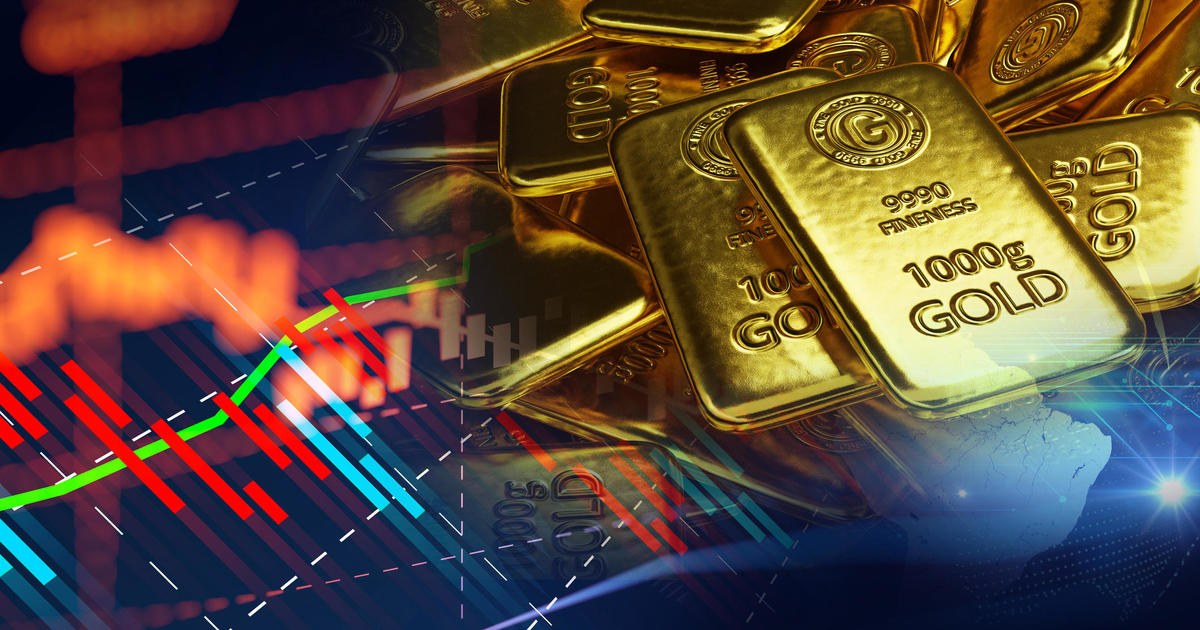The dollar peaked back in September 2022, with the dollar index now on the verge of a major breakdown below 100, though price is still just above this key level.
Recall that almost all the world’s major commodities are priced in US dollars. Look again at the first chart, see the low for gold in September 2022.
When the US dollar peaked, gold was having a low in its range of accumulation.
Another macro trend that explains both the US dollar falling, gold rising, and ultimately where we are in the current real estate cycle is US debt. Government stimulus is often a key factor that drives the second half economy into overdrive, and again, this time has not been any different so far.
In the last four years, deficit spending has increased from $23 trillion to over $35 trillion. And what are both parties contesting the upcoming November US presidential election promised voters? Yep, more spending.
This will flood the world with dollars and push down the price of the dollar relative to other currencies. And that will influence the price of commodities.
It’s a classic real estate cycle repeat. As all this comes out of the wash, the obvious question now presents. What happens next?
What else do people not understand about the future of the gold price?
Is it up from here? Or are there going to be some surprises along the way?
The only way to know for certain is to understand the 18-year cycle and to do that you need to subscribe to our unique Boom Bust Bulletin. Start your journey about learning the history and timing of the 18.6-year Real Estate Cycle via our monthly editions, designed to educate and show you the real estate cycle in action.
Despite the name it’s NOT just about real estate. It’s about the economic cycle. But it’s our unique take on it, which influences all asset classes that you could think of investing in, including gold.
As a Boom Bust Bulletin subscriber, I will show you how and why each cycle keeps repeating and therefore how you can use it to invest. In doing so, you will place yourself above 99% of all market participants.
The culmination point for all this is coming now, those who study the land markets can see it moving closer into view.
But when do the debts simply become too big to ignore? When does gold really show itself as the premium assets to own? How much longer can the commodity cycle continue for? And what is the trigger for it all to end?
The answer is when fear really does become overwhelming. That moment when it becomes obvious those in charge have no idea what to do to save things. That the problems once swept under the carpet now become almost insurmountable.
And it’s the land market, believe it or not, that is most likely to tell you when this is to occur.
Right about the time I’d suggest you were glad you had that exposure to gold!
Timing. There is no substitute.
Get your timing right now. Sign up here.







